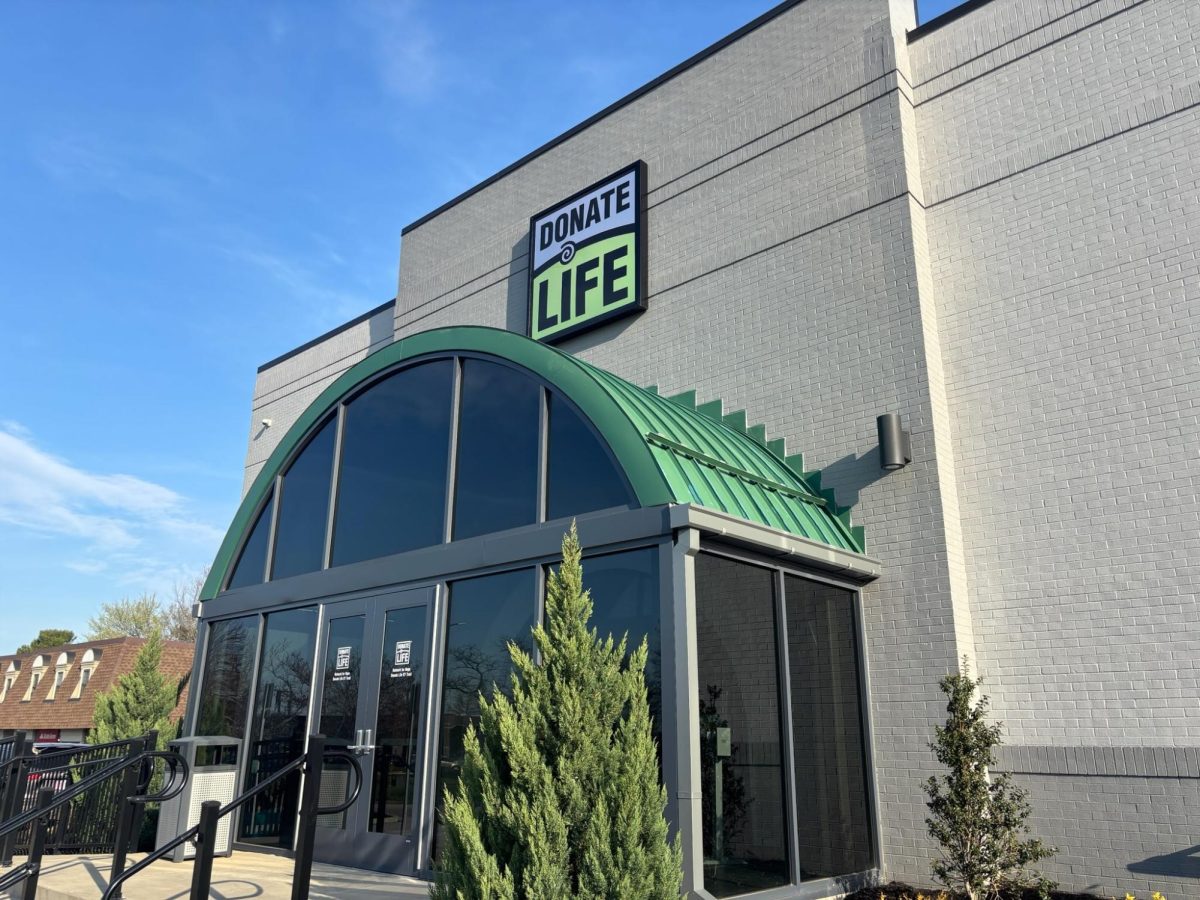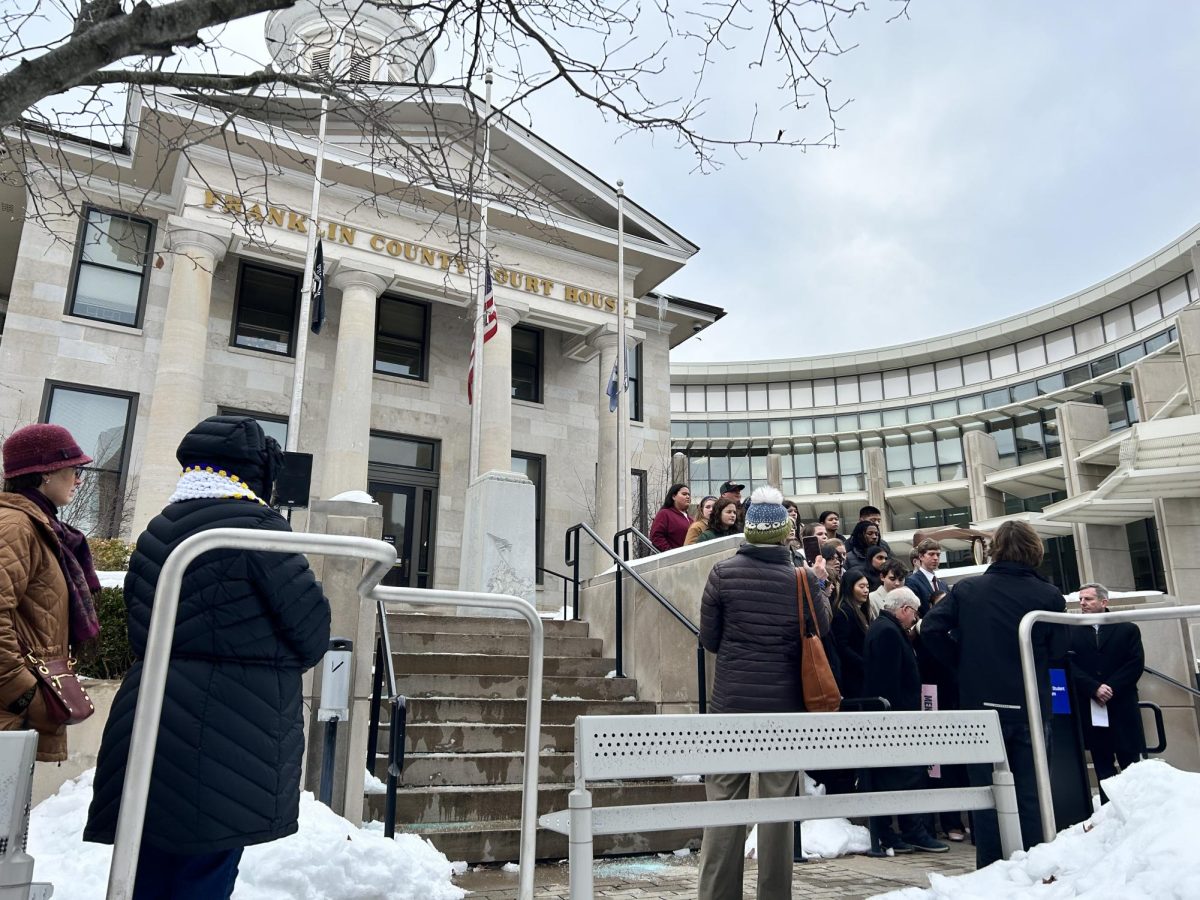With education reform high currently on the nation’s agenda, the issue of charter school legalization is more prominent than ever before. Charter schools are publicly funded, alternative education systems that operate with more freedom than traditional public schools. Currently, Kentucky is one of eight states in which public charter schools have not been legalized.
Hal Heiner, chairman of Capstone Realty, former Metro Councilman, and public advocate of charter schools, said that the primary basis for charter school legalization is an individualization of education which leads to better academic outcomes. “Often these schools have a longer school day, a longer school week, and a longer school year,” he said. “Some of the best charters are open from seven to seven each day, so teachers are available for help with homework. They are also typically tied closely to a medical clinic and take care of medical needs, nutrition needs, clothing needs. Because the focus is on every student and not an average, there’s catch up help on Saturdays and summer school.”
According to Heiner, increased accountability is at the root of charter schools’ success. As implied by the name, these schools are granted charters to operate, which typically last three to five years. Though school administrators are allowed significantly more freedom than their traditional public school counterparts, they are held to higher levels of academic accountability by their sponsors. This is usually measured via standardized testing. If the school does not achieve its academic goals by a set date, the charter is not renewed and the school is closed.
On the other hand, Brent McKim, president of the Jefferson County Teachers’ Association, believes that charter schools would be counterproductive in Kentucky. McKim pointed to the following articles as indicators that charters would cause academic performance to remain the same or even decline. “This should be particularly troubling given the ability of charters to filter their student,” he said.
McKim is also concerned that the implementation of charter schools would weaken teachers’ unions. “Over 90% of charters are non-union,” he said. “Therefore every public school that is replaced by a charter effectively eliminates a building of unionized teachers.”
Heiner acknowledged that loss of membership is likely, although points out that charter schools don’t inherently prohibit teachers unions. “Charters don’t prohibit union membership, but many of the charters don’t offer tenure to the teachers,” he said. “Typically in public charter schools, KIPP Academy for incidence, the teachers’ contract is a one-year contract… This makes it less likely for a teacher to join a union if they don’t have a tenure to protect.”
In reality, the issue is very nuanced. According to research done by CREDO (Center for Research on Education Outcomes), charter schools have different average impacts on students based on their economic class, race, and native language. CREDO analyzed academic data from 26 states by comparing traditional public school students with their demographic “virtual twins” in charter schools. Academic gains were measured by equivalent days of learning.
Overall, black students at charter schools gained fourteen average days of learning per year in reading and math compared to black students at traditional public schools. Impoverished black students gained twenty-nine days of learning in reading and thirty-six in math per year.
For Hispanic students not in poverty, charter schools actually showed a negative effect, resulting in seven fewer days of learning in reading and twenty-nine fewer days of learning in math per year. However, for Hispanic students in poverty, CREDO’s research showed fourteen additional days of learning in reading and twenty-two additional days of learning in math per year. In addition, Hispanic students who are English Language Learners (ELL) demonstrated an increase of fifty days of learning in reading and forty-three more days of learning in math per year than those in traditional public schools.
CREDO’s research, however, showed that white students in charter schools lost an average of fourteen days of learning in reading and fifty days of learning in math than they would in a traditional public school.
In determining whether or not charter schools should be legalized, there are additional factors to consider besides raw academic outcomes. For example, some of the statistics about charter performance may be skewed because these schools are often more easily able to expel students, some of whom may have brought down test scores. A Washington Post report found that in the 2011-2012 school year, DC charter schools had an expulsion rate of 72 per 10,000 students, while their traditional public school counterparts had an expulsion rate of less than 1 per 10,000. Additionally, there are some concerns about the high teacher turnover rate at charter schools.
While organizations such as the Kentucky Charter Schools Association continue to advocate for charter school legalization, McKim said that their efforts will likely not result in changes any time soon. “At least one bill authorizing charter schools is introduced every year,” he said. ” The likelihood of passage remains low, at this time.”






